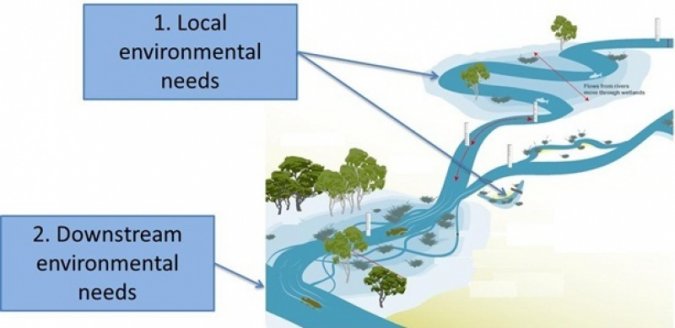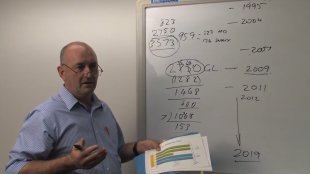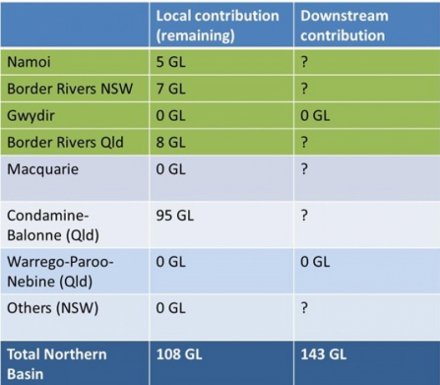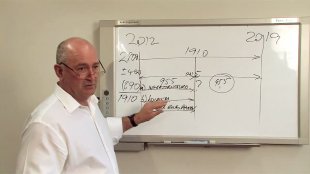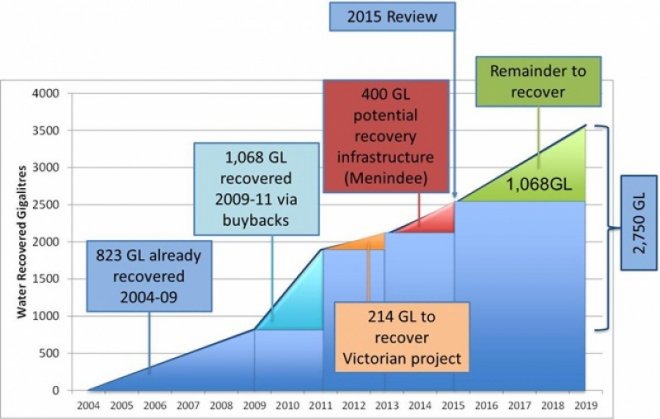-
Featured Items
-
Featured Resources
 Funding & Grants
Don't miss out on funding opportunities. Stay informed with our up to date online listings and email notifications.
Read More
Funding & Grants
Don't miss out on funding opportunities. Stay informed with our up to date online listings and email notifications.
Read More
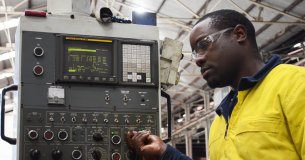 Skilled Migration
Our services help both applicants and employers, to learn more, develop plans, submit applications, and settle in.
Read More
Skilled Migration
Our services help both applicants and employers, to learn more, develop plans, submit applications, and settle in.
Read More
 Research and Analysis
Good research and analysis makes the case. How can our resources and services help your project or application?
Read More
Research and Analysis
Good research and analysis makes the case. How can our resources and services help your project or application?
Read More
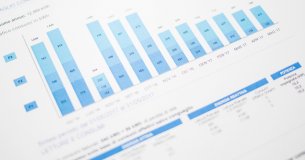 Information & Data Resources
With resources like REMPLAN, Regional Knowledge Base, and decades of data, discover how we can help your project.
Read More
Information & Data Resources
With resources like REMPLAN, Regional Knowledge Base, and decades of data, discover how we can help your project.
Read More
-
Stay InformedSubscribe to one or more of our regular email subscriptions, to be kept up to date on news and funding opportunities for the region
-
-
Our Region
- Our Region
- Regional Plan
- Regional Data
- Current Regional Issues
- Population Migration Analysis for 2016-21
- Job Vacancies Continue at All-Time High
- National Debt - What it Means for Our Economy?
- The True Value of Home Solar
- The Economic Impacts of Local Government Amalgamations
- State of the Regions Report 2014-15
- Antifragility - A different take on regional economic development
- Biohubs - Collaborative Waste Management
- Attracting New Residents
- Socio-Economic Impacts of the Murray Darling Basin Plan
- Murray Darling Basin Water Recovery
- Growing Businesses
- The Northern Inland Economy
- Geographical Overview
- Major Industry Sections
- Our Services
- Grants and Funding
-
Skilled Migration
- Skilled Migration
- Skilled Employer Sponsored Regional Visa
- Skilled Work Regional Visa (subclass 491)
- Temporary Seasonal Workers
- Designated Area Migration Agreement (DAMA)
- Helpful Information for Visa Holders
- Information for Employers
- Case Studies
- Payment Details
- Advice & Further Information
- Contact Details
- News & Events
-
Our Projects
- Our Projects
- Current Projects
- Skilled Migration
- Wool Works - Wool Training Schools
- Metal Works - Welding and Fabrication Schools
- Come On Inland
- Stories of Resilience
- Alt Brothers Beekeeping - Glen Innes
- Carelle's Toy Store - Glen Innes
- Greenhill Orchards - Arding
- Gwydir Meats - Warialda
- Kaputar Motors - Narrabri
- Moonbi General Store - Moonbi
- Sandstock - Tingha
- Sherelle Fashions - Tenterfield
- Sleepy Merino - Inverell
- Tenterfield Chamber of Toursim, Industry and Business - Tenterfeild
- The Welders Dog - Armidale
- Walcha Veterinary Supplies - Walcha
- AGCAP - Agribusiness Careers & Professions
- Northern Inland Regional Investment Profile
- Past Projects
- Digital Economy Strategy
- Business Growth Project
- Go Digital
- How to Start an Online Business
- Create Your Website Using Squarespace
- How to Edit Your Squarespace Site - Part 1
- How to Edit Your Squarespace Site Part 2
- Add a Shop to Your Squarespace Site
- Start a Blog and Find out What Customers are Searching
- 14 Tips For a Better Blog Post
- Which Social Media Platforms are Best for Your Business
- How to Use Facebook Effectively For Your Business – Part 1
- How to Use Facebook Effectively For Your Business – Part 2
- Instagram Tips for Business
- Catching Up, More Instagram & Dealing with Haters
- Getting Started with Twitter for Business
- Social Media Scheduling Tools
- How to Start an Etsy Shop – Part 1 – Research
- How to Start an Etsy Shop – Part 2 – Signup
- Online Security for Your Business
- Product Photography and Website Images: Your Guide
- 5 Tips to Improve your Productivity in your Business
- Best Online Business Resources
- How to Improve Your Communication Skills and Win More Clients
- NBN Coordinator
- Putting Power Back in the Regions
- Road Freight Study
- Town Audit Benchmarks
- Food and Wine
- Youth Survey
- Digital TV Switchover Assistance
- Northern Inland Transport Guide
- Live.Train.Work
- Northern Inland Innovation Awards
- Northern Inland Innovation Awards - 2017
- Northern Inland Innovation Awards - 2016
- Northern Inland Innovation Awards - 2015
- Northern Inland Innovation Awards - 2014
- Northern Inland Innovation Awards - 2013
- Northern Inland Innovation Awards - 2012
- Norther Inland Innovation Awards - 2011
- Prime Super Northern Inland Innovation Awards - 2010
- Prime Super Northern Inland Innovation Awards - 2009
- Northern Inland Innovation Awards - 2007
- Northern Lights Project
- NBN Smart Home
- Murray Darling Basin
- Moree Plains Business Workshops
- Namoi Investment Prospectus
- Industrial Land
- Bioenergy and Local Electricity Retailing
- Northern Inland Business Energy Assessment
- Skills for the Future
- Impacts of COVID-19 on Businesses
- Past Projects of NIRDB
- Aboriginal Employment and Enterprise in the Gunnedah Region
- Art as an Industry
- Aviation Survey
- Farm Forestry - Northern Inland Forestry Investment Group
- New England North West Film Strategy
- Northern Inland Excellence in Business Awards
- Food and Wine 2003 - 2008
- Prime Super Northern Inland Innovation Awards 2009
- Regional Business Networking Program
- Regional Leadership Course 2008
- Viticulture Strategy 2002-2003
- About Us
- Contact Us
- Other Resources
- Privacy and Legal
- Search
- Our ProjectsOur Projects
- Past ProjectsPast Projects
- Murray Darling BasinMurray Darling Basin
- Basin Plan News - Feb 2012Basin Plan News - Feb…
The Proposed Basin Plan
The second iteration of the Murray Darling Basin Plan was released in November 2011.
Across the entire Basin, the Plan proposes delivering 2,750 GL of additional environmental water, consisting of:
- 1,636 GL to meet local environmental needs;
- 1,114 GL of ‘shared reduction’ to meet downstream flow requirements.
The Plan is to be implemented in 2019.
However, Chair of the Murray Darling Basin Authority Craig Knowles has stressed that these numbers can change, based on new knowledge which may come to light between now and 2019. See the video below for more details.
While the local environmental volumes are set for each water resource area (valley), the volumes of shared reductions in each valley are not specified as they will depend upon how those reductions are achieved (e.g. buybacks, water savings through works and measures) in each valley.
What we do know about the shared reductions is that:
- The Northern Basin (which includes the three valleys in our region – Namoi, Gwydir, Border Rivers) must contribute 143 GL to downstream flows;
- However, the Gwydir valley does not have to contribute any more environmental water, due to its low connectivity to the Barwon-Darling system (i.e. its low capacity to contribute to downstream flows), and the high levels of water buyback which have already occurred – 108 GL;
- The Southern Basin must contribute 971 GL to downstream flows.
So the situation for the entire Northern Basin and our region (the cells shaded green) looks like this:
Chair of the Murray Darling Basin Authority Craig Knowles has emphasised that solutions to delivering environmental water will involve more than water buyback, and has encouraged local groups to put forward alternative methods for saving water which will improve water use efficiency both in river operations and on-farm, and can lead to the preservation of productive water entitlements. See the video below for more details.
Note that the MDBA will be reviewing the progress of environmental water recovery in 2015 and re-assessing the figures provided above. The diagram below shows the water recovery process to date, and that expected from projects already tabled out to 2015. The 1,068 GL to be recovered after 2015 may be achieved through other water saving projects, and this process is a key focus for RDA-NI. It is also suggested that the environmental water requirements may be adjusted if more efficient ways of delivering environmental water are found, thus reducing the figure of 1,068 GL still to recover.
At RDA-NI, we have been working closely with three local community groups to deliver the ‘localism’ sought by the MDBA. These are:
- The Namoi Water Working Group – which has representatives from local government, the CMA, irrigator associations and industrial water users;
- The Border Rivers-Gwydir Water Working Group – which has representatives from local government, the CMA, irrigator associations and NSW & Qld government;
- The Border Rivers Environmental Watering Network – which has representatives from local government, the CMA, irrigator associations, NSW & Qld government natural resource agencies, river operations managers and the Commonwealth Environmental Water Holder.
We are working with these groups to identify projects and funding opportunities which will minimise the socio-economic impacts of the water reform process.







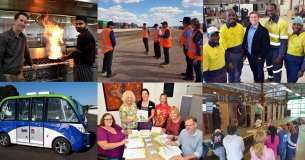 Latest News
Latest News
